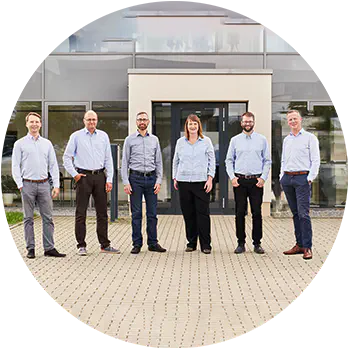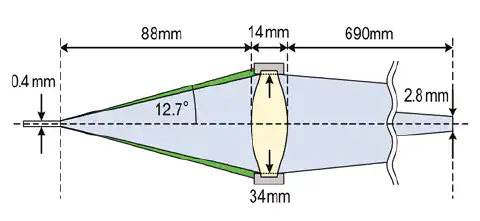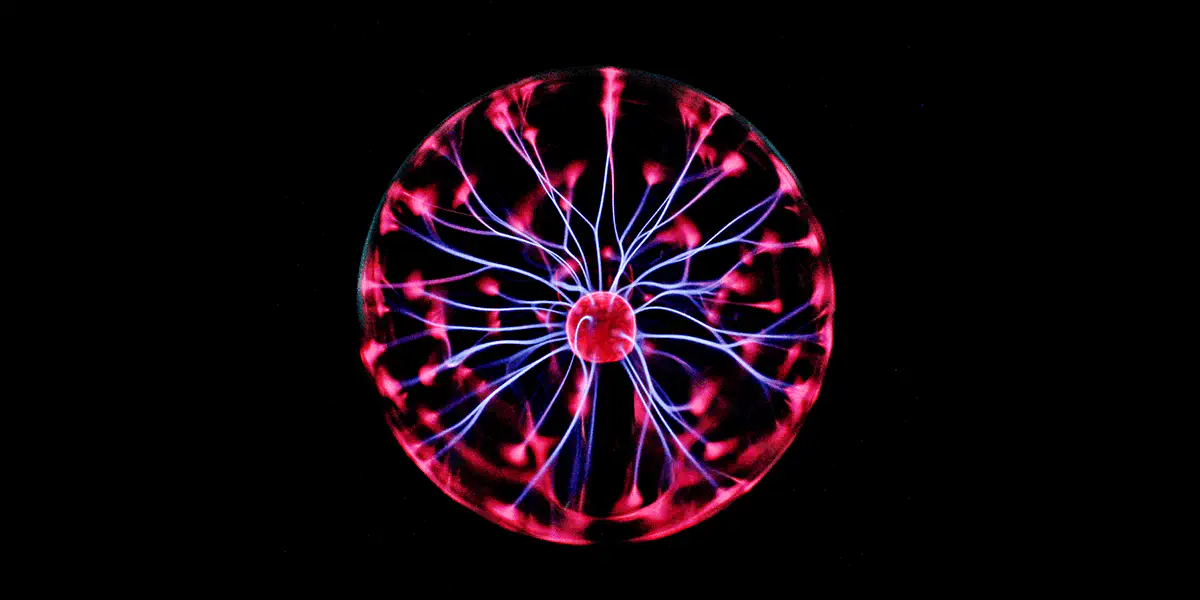
Aspheres for an experimental fusion reactor
Reference project
Optimized line spectroscopy
A new form of thermal helium beam diagnostics enables high-resolution measurements of the electron temperature and density of plasma. The process of line spectroscopy is used for the ASDEX Upgrade, the experimental facility for fusion reactors at the Max Planck Institute for Plasma Physics. asphericon provided two aspheric lenses with offset centers from its StockOptics range in a very short time for the experimental set-up, which offer very good imaging properties.
About ASDEX Upgrade
Research on the ASDEX (Axially Symmetric Divertor Experiment) Upgrade, an experimental facility for the development of fusion reactors, provides significant results for the possible transition from nuclear fission to nuclear fusion as a safer and more environmentally friendly way of generating energy. In order for the results of the Max Planck Institute for Plasma Physics in Garching to be applied to experimental power plants, such as the experimental nuclear fusion reactor known as ITER (International Thermonuclear Experimental Reactor) in France, research on ASDEX Upgrade is carried out under conditions similar to those in power plants. A new diagnostics procedure based on the line ratio spectroscopy of neutral helium has been implemented to provide access to the temperature and density of the electrons in the plasma boundary region. In combination with a light detection system based on a photomultiplier tube, high-precision optics contribute to improving the imaging quality and ensure high spatial and temporal resolution of the measurement.
Project realization
Two lenses from the StockOptics range of asphericon were used, which are available in the standard diameter range from 10 to 100 mm and with a surface shape deviation of 300 nm RMSi. In order to make them usable for the set-up, the centers of the lenses were offset to the required diameter. The research team thus benefited from maximum flexibility and quality: not only was it possible to meet all quality requirements, the optics were also made available with a short delivery time of only 2 weeks. The two aspherical lenses have an effective focal length (EFL) of 85 mm and were inserted into the optical head (see Fig. 1 & 2) of the helium line ratio spectroscope installed in the ASDEX Upgrade to optimize the imaging effect. The lenses are used to capture light from the locally injected helium cloud and focus it on optical fibers for subsequent spectrometric analysis in the laboratory.
Set-up of the experimental fusion reactor and How the optical head works
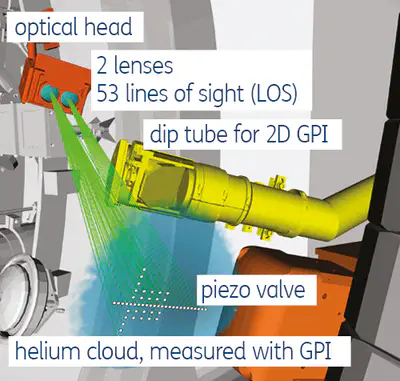 Fig. 1 Injected helium cloud excited by collision with plasma electrons and emitted light for spectroscopic analysis ©Max-Planck-Institut für Plasmaphysik
Fig. 1 Injected helium cloud excited by collision with plasma electrons and emitted light for spectroscopic analysis ©Max-Planck-Institut für Plasmaphysik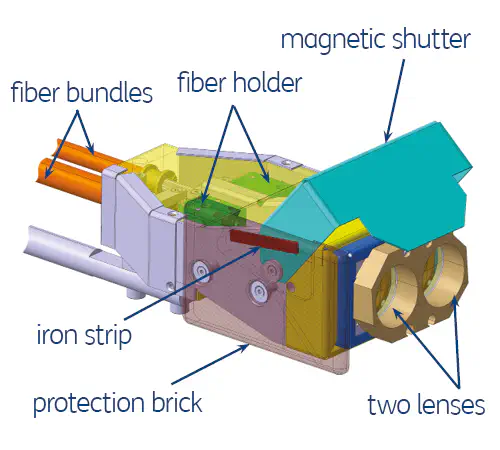 Fig. 2 CAD drawing of the optical head ©Max-Planck-Institut für Plasmaphysik
Fig. 2 CAD drawing of the optical head ©Max-Planck-Institut für PlasmaphysikSpecifications of the aspheric lenses
The figure shows an example of the beam path through one of the two lenses (yellow area). The light is focused on the free end of the optical fiber with a core diameter of 0.4 mm and an NA of 0.22. The NA determines the acceptance angle of the fiber (green shaded area).
Fig. 3 Schematic representation of the optical head ©Max-Planck-Institut für Plasmaphysik
|
Optics for ASDEX at a glance:
- Two a|Aspheres with RMSi 300 nm and EFL 85 mm were centered down to required diameter
- Lenses enable better imaging quality of the optical head and were available with an extremely short delivery time of only 2 weeks
